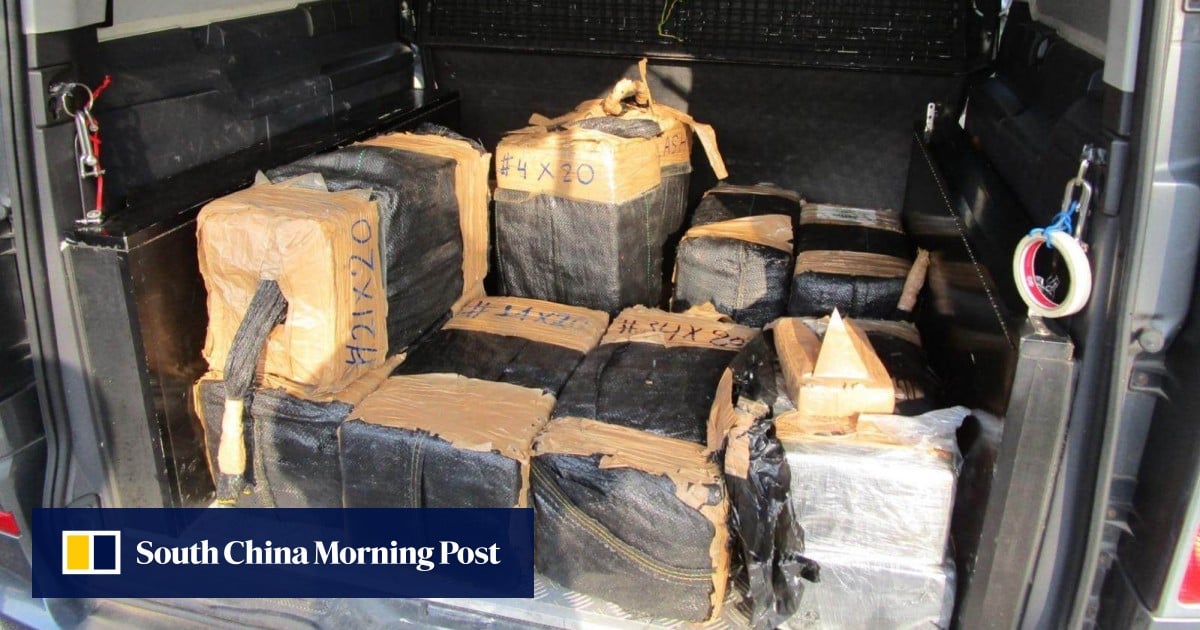United States President Donald Trump has unleashed a trade war by imposing “reciprocal tariffs” on about 90 countries across the globe.
After temporarily dropping the new tariffs to 10 per cent for 90 days on April 9 to allow trade negotiations with those countries, he hit China harder and raised the levy on Chinese imports to a whopping 145 per cent. Beijing vowed to “fight to the end” and slapped tit-for-tat tariffs on American goods in retaliation.
Despite being a free port, Hong Kong has not been spared from the crossfire. The Post examines the central and local governments’ strategies to mitigate the impact of the trade war and support businesses.
1. Which goods have been hit the hardest?
The US is the city’s second-largest export market, accounting for US$37.9 billion in merchandise in 2024, with telecommunications equipment and parts taking up the greatest share, followed by computers, precious stones, jewellery, semiconductors and electronic valves and tubes.
The levies under Trump’s executive order issued on April 2 to impose an additional 34 per cent tariffs on China will also apply to Hong Kong. But the extra tariffs have now hit 145 per cent, bringing the effective tariff rate to about 156 per cent, after repeated salvoes between Beijing and Washington.
Economics Professor Terence Chong Tai-leung, executive director of the Lau Chor Tak Institute of Global Economics and Finance at the Chinese University of Hong Kong, said local companies that exported mainly to the US market would bear the brunt of the tariffs.


